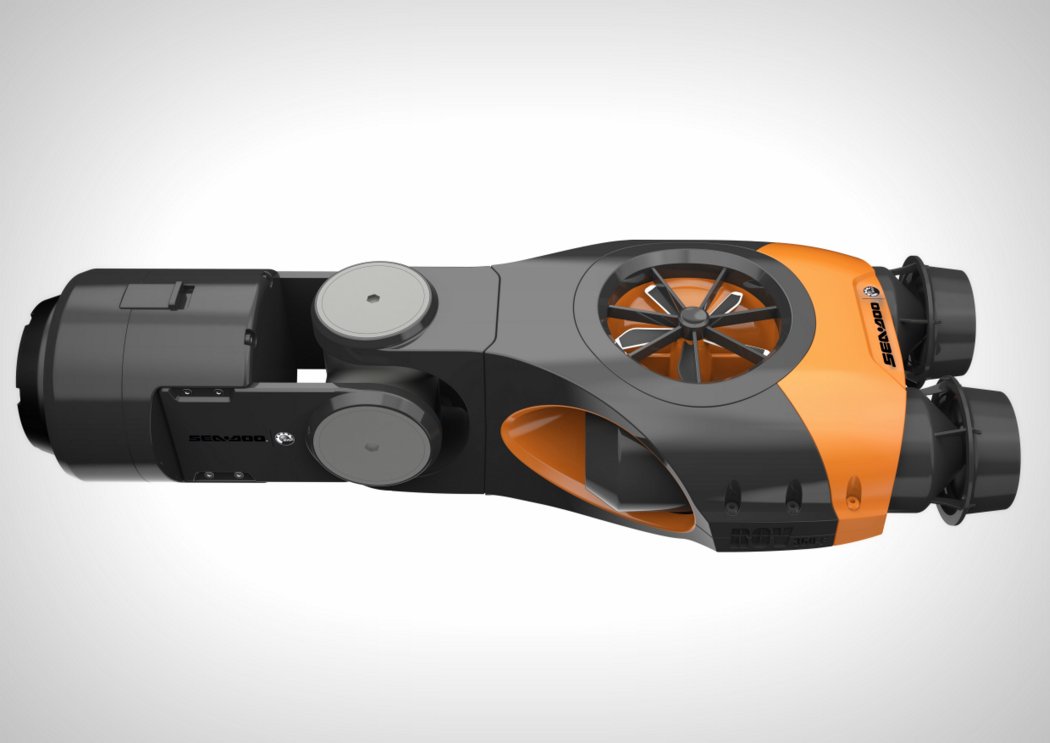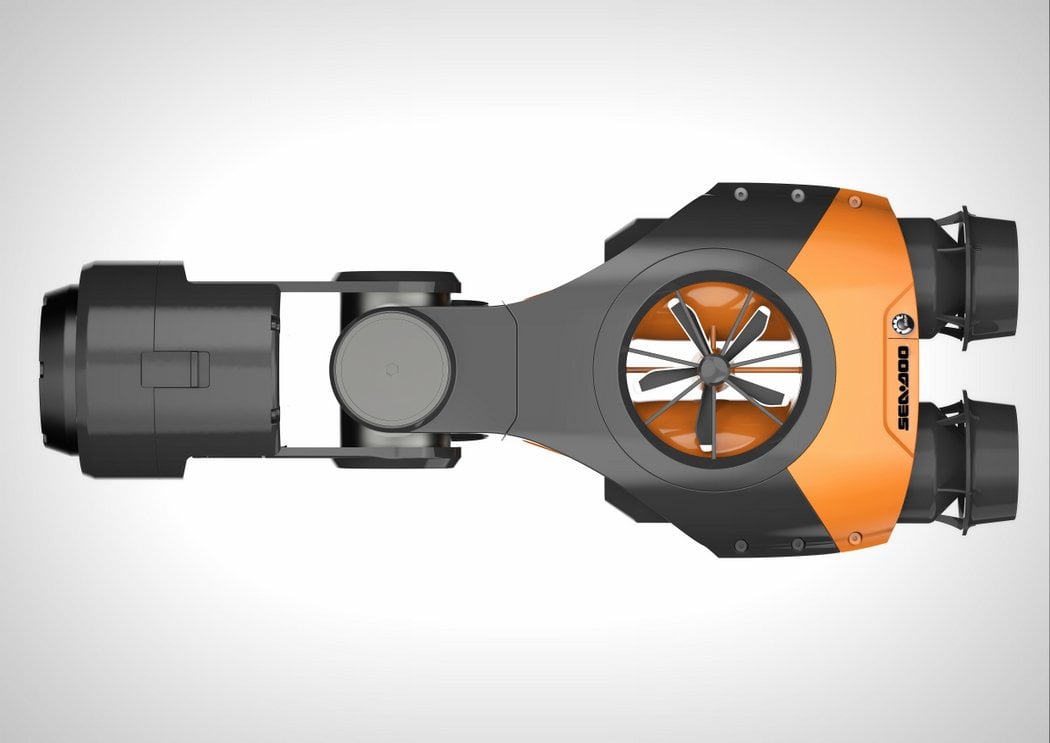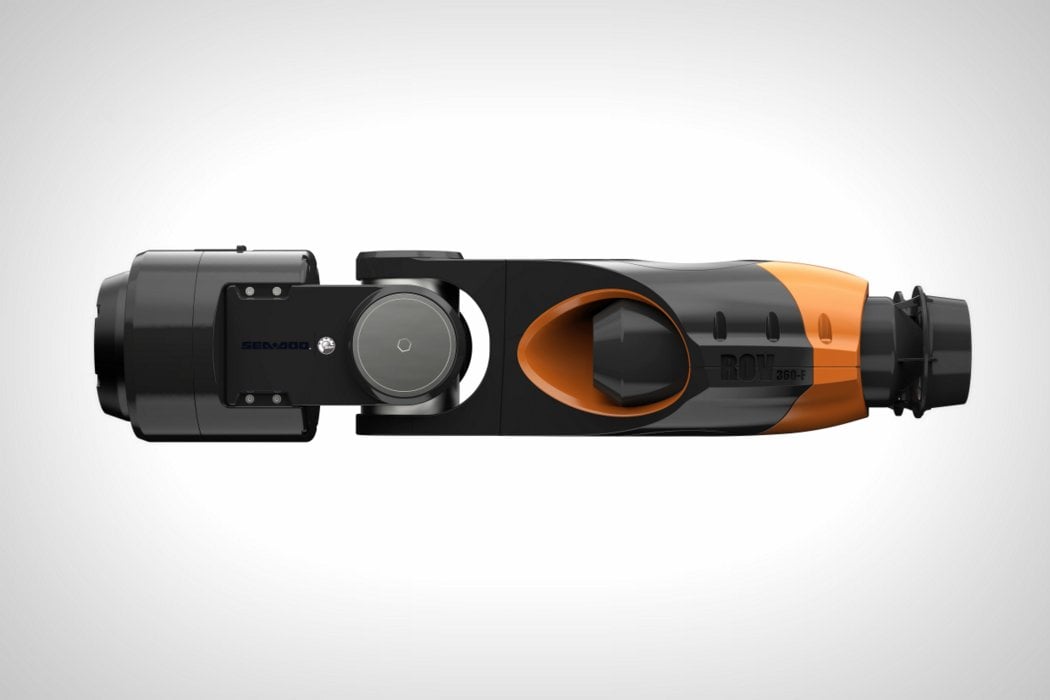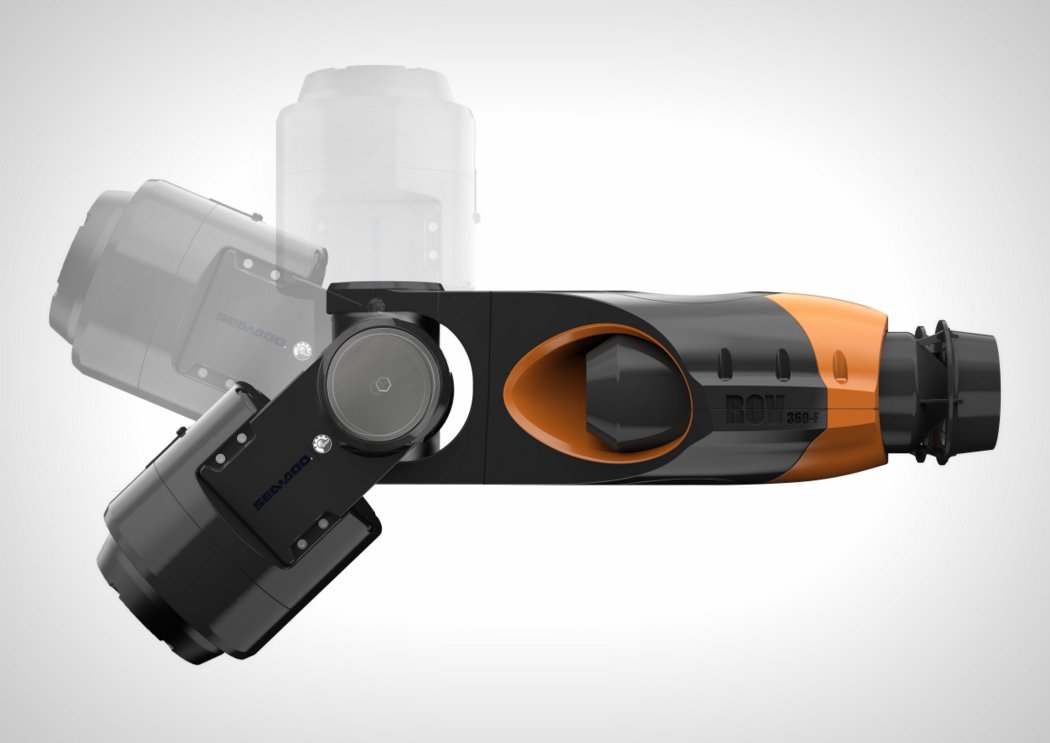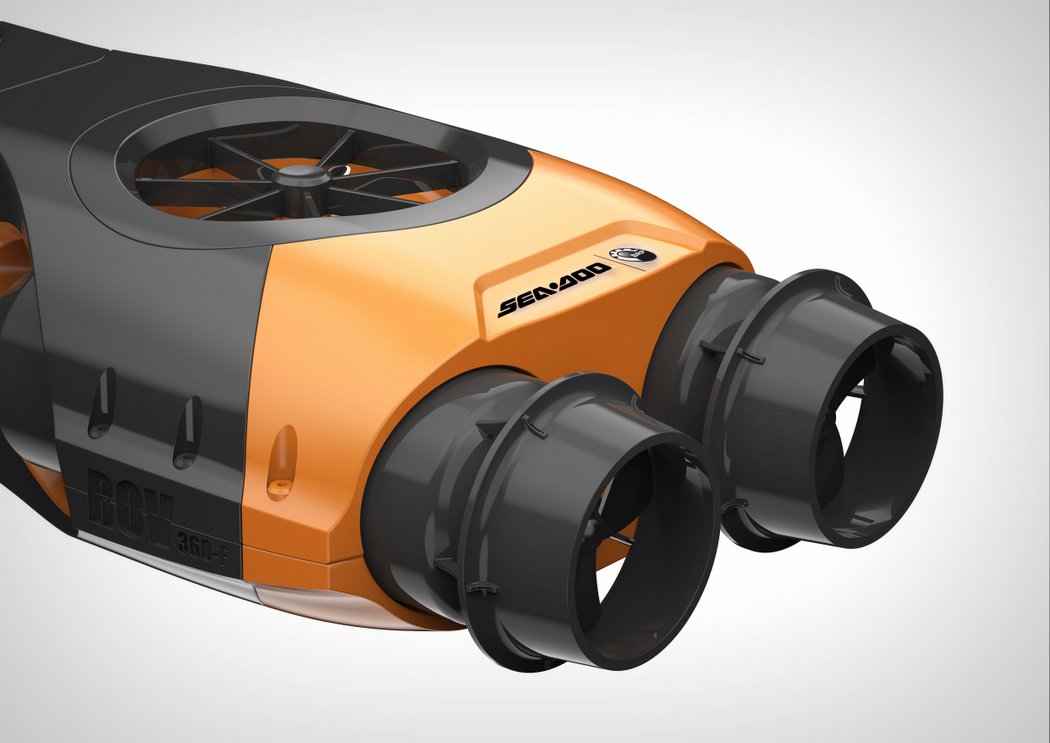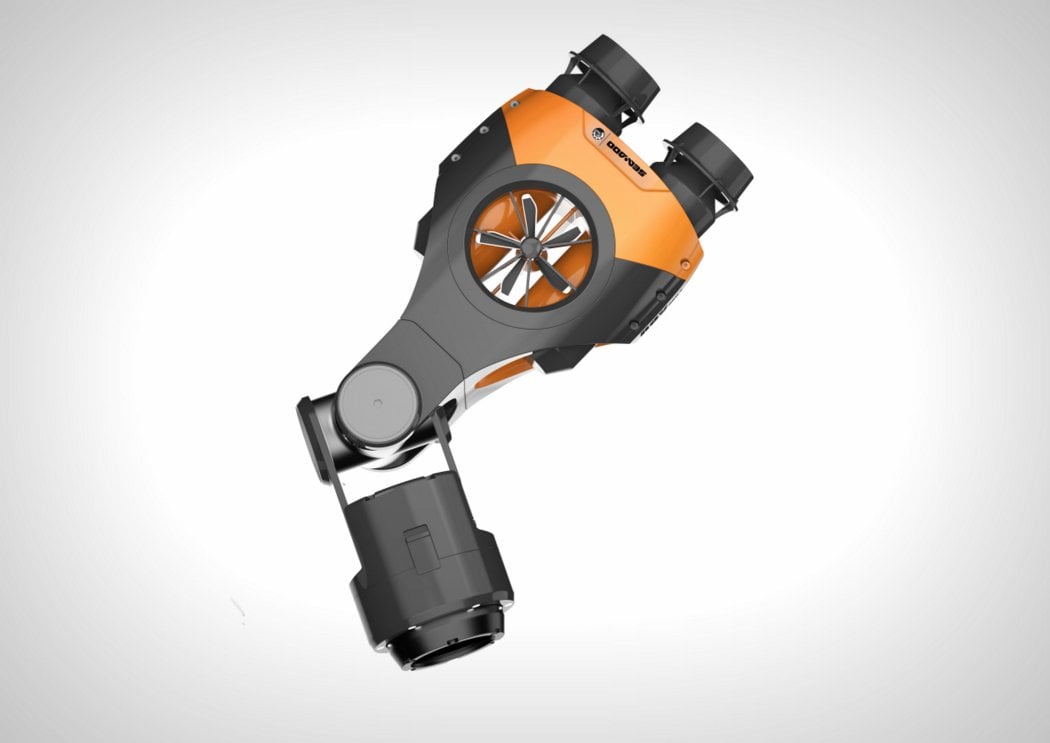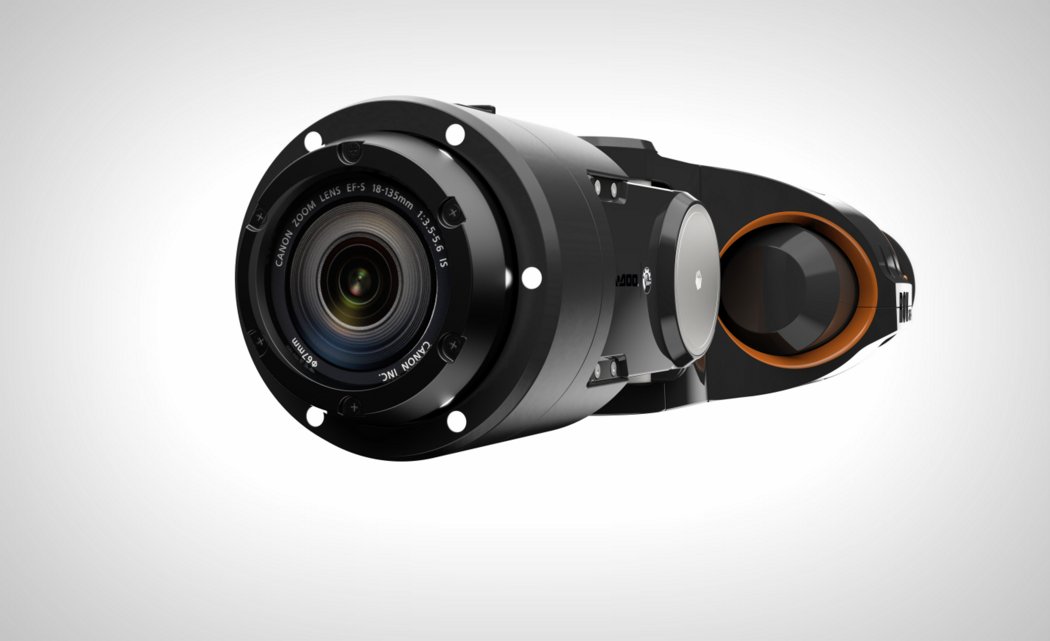
Quadrocopters haven't exactly opened the skies for DIY exploration so much as they have for acrobatic feats, but the OpenROV project is hoping to make the briny depths friendlier for aspiring explorers and educators alike. The open source rover, spearheaded by NASA engineer and researcher Eric Stackpole, sinks to depths of up to 300 feet (100 meters), runs on eight C-cell batteries for approximately 1.5 hours and can clip by at three feet (one meter) per second. Within the laser-cut acrylic frame, a sealed cylinder houses a BeagleBone, HD webcam and LED lights. This all weighs in at 5.5 pounds and is piloted using a web browser and video feed. The footage is then piped up to a laptop that tethers the vehicle to the shore. Pre-orders for OpenROV 2.3 kits will be taken through Kickstarter later this summer at $750 apiece, though there are plans to sell fully assembled units. For now, explorers can register their interest at the link below and impatient Jacques Cousteaus will be pleased to know that all files necessary to build version 2.2 are available to download now.
Open source mini sub appeals to our inner Steve Zissou originally appeared on Engadget on Wed, 30 May 2012 02:52:00 EDT. Please see our terms for use of feeds.
Permalink |
 New York Times (Bits)
New York Times (Bits) |
Email this |
Comments
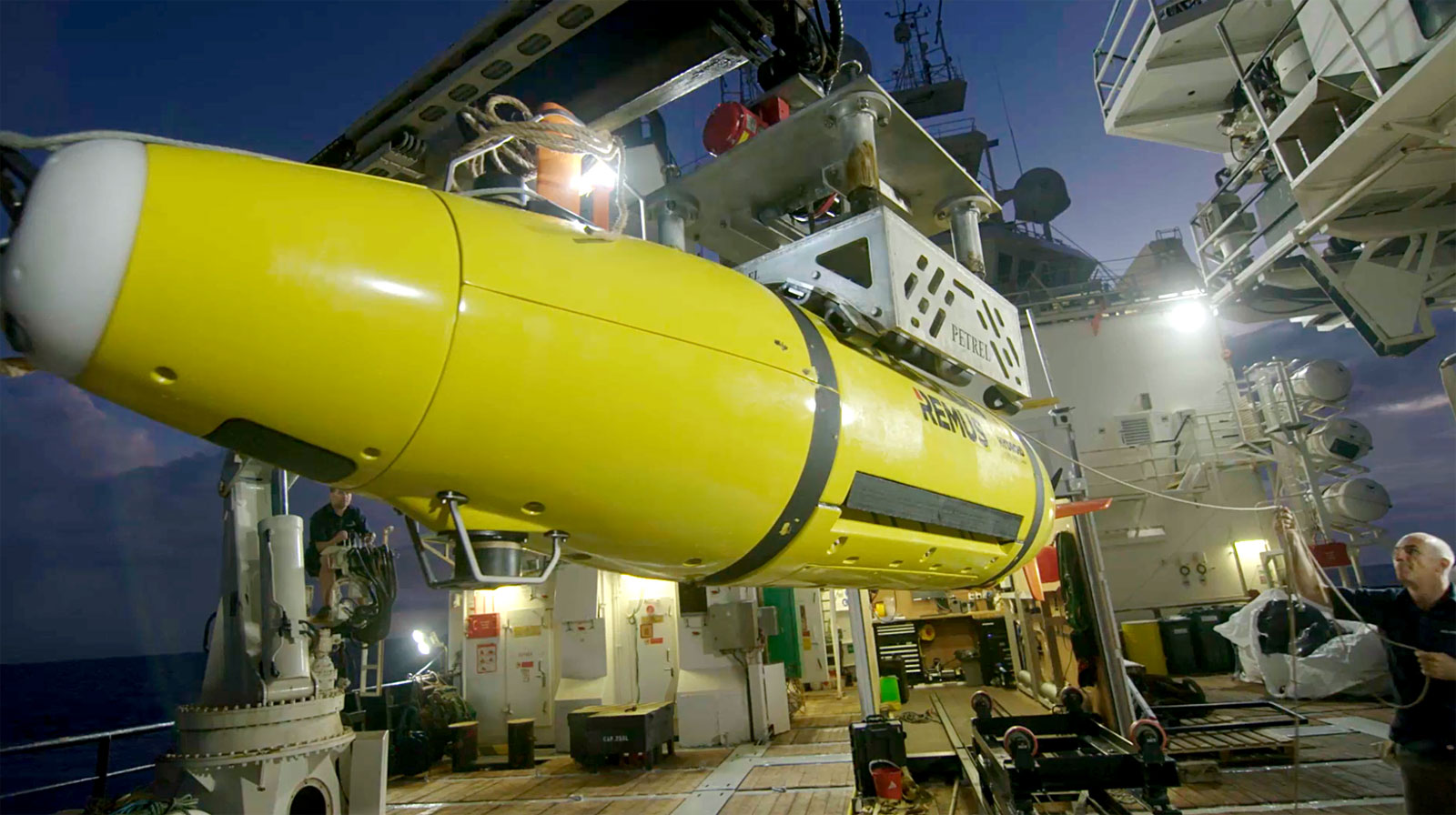 The USS Indianapolis played an important role in WWII history, including the delivery of parts for the atomic bombs that would eventually drop on Japan. However, it met a grim fate: not only did a Japanese submarine sink it near the end of the war, b...
The USS Indianapolis played an important role in WWII history, including the delivery of parts for the atomic bombs that would eventually drop on Japan. However, it met a grim fate: not only did a Japanese submarine sink it near the end of the war, b...
 The USS Indianapolis played an important role in WWII history, including the delivery of parts for the atomic bombs that would eventually drop on Japan. However, it met a grim fate: not only did a Japanese submarine sink it near the end of the war, b...
The USS Indianapolis played an important role in WWII history, including the delivery of parts for the atomic bombs that would eventually drop on Japan. However, it met a grim fate: not only did a Japanese submarine sink it near the end of the war, b...
